Dominic Ford reports from the European Planetary Science Congress, where he heard about the latest misisons to Mars and the Moon. Lewis Dartnell explains how the ExoMars mission, due to land on Mars in 2018, will go about looking for signs of lifeforms that may have died out billions of years ago. Dina Pasini discusses her more speculative ideas about how the life we see on Earth could have started on Mars. And Bernard Foing and Jessica Barnes discuss what we're still learning about the Moon. Plus, we have more answers to your space science questions.
In this episode
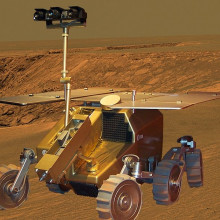
01:17 - Searching for Martian life
If life on Mars died out billions of years ago, what chemical tracers might still survive?
Searching for Martian life
with Lewis Dartnell, University of Leceister
Transcript to follow.
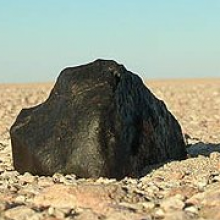
10:00 - Could life have come from Mars?
Some theorists think life could have started on Mars, and have come to Earth on a meteorite. But is that feasible?
Could life have come from Mars?
with Dina Pasini, University of Kent
Transcript to follow.
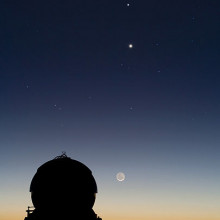
Can you make any astronomical sightings during the day?
Transcript to follow.
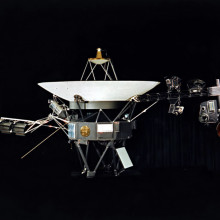
20:00 - The latest astronomy news
Robert Massey from the Royal Astronomical Society gave me a round-up of the latest astronomy news.
The latest astronomy news
with Robert Massey, The Royal Astronomical Society
Transcript to follow.
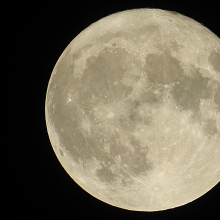
29:18 - The SMART-1 mission
As our closest celestial neighbour, the Moon is an ideal place for testing new technologies in space.
The SMART-1 mission
with Benard, Foing, ESTEC
Transcript to follow.
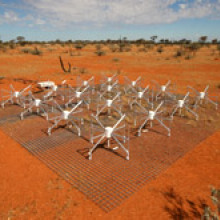
34:57 - The Sky Net gets an upgrade
Australian radio astronomers are asking volunteers at home to donate computer power to help process their data.
The Sky Net gets an upgrade
with Kirsten Gottschalk, International Centre for Radio Astronomy Research
Transcript to follow.
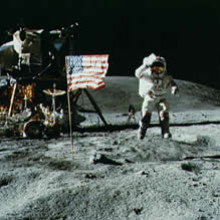
39:20 - Where did the Moon's water come from?
In recent years, its become clear that the Moon has much more water beneath its surface than previously thought. Where did it come from?
Where did the Moon's water come from?
with Jessica Barnes, the Open University
Transcript to follow.
What is the 'background' when measuring using parallax?
Transcript to follow.










Comments
Add a comment